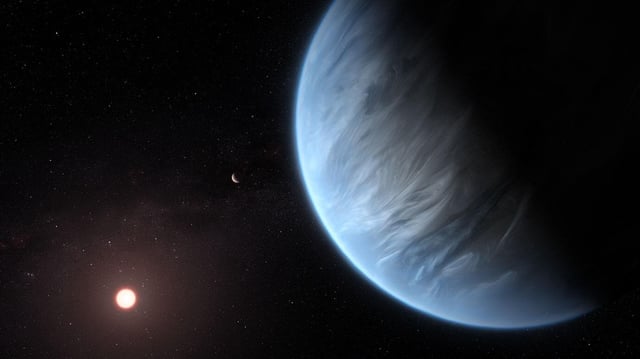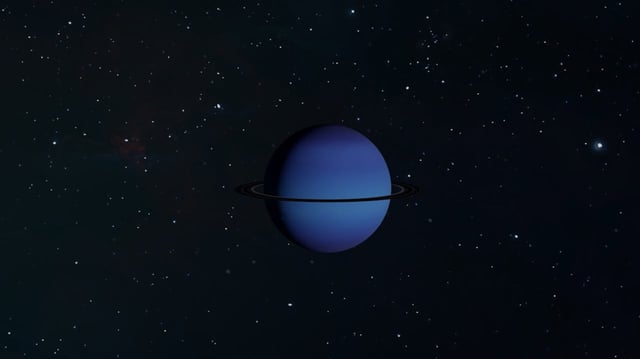Overview
- Initial claims from Cambridge researchers suggested dimethyl sulfide (DMS) in K2-18b’s atmosphere, a molecule linked to biological life on Earth.
- Follow-up studies by University of Chicago and other teams found no statistical significance for DMS or its counterpart, dimethyl disulfide (DMDS).
- Expanded chemical libraries revealed over 50 alternative molecules, such as ethane, that could explain the observed spectral features.
- DMS has been detected in abiotic environments like comet 67P and the interstellar medium, raising questions about its origins.
- Further JWST observations and refined models are expected in the coming year to clarify the nature of K2-18b's atmosphere.


